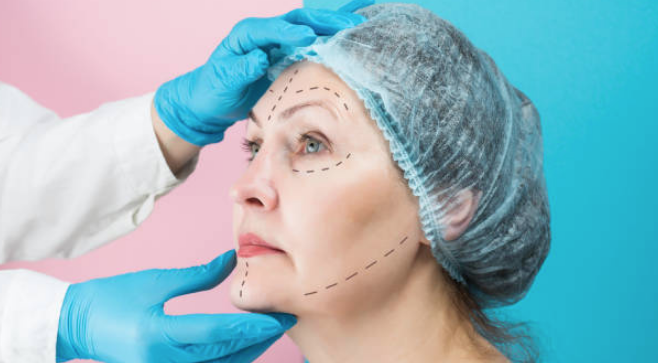Plastic surgery has emerged as a prominent field within the medical community, transforming not only the physical appearance of individuals but also their self-esteem and quality of life. Initially developed for reconstructive purposes, such as repairing congenital defects or trauma-related injuries, the scope of plastic surgery has expanded significantly over the years. Today, it encompasses a wide range of cosmetic procedures aimed at enhancing aesthetic appeal, addressing age-related changes, and fostering overall well-being.
The allure of plastic surgery continues to grow in today’s image-conscious society, driven by the influence of social media, celebrity culture, and advancements in medical technology. With numerous techniques available—from minimally invasive procedures to comprehensive surgeries—patients have more options than ever to achieve their desired outcomes. However, this surge in popularity also raises important questions about the implications, risks, and ethical considerations surrounding these interventions. In this article, we will delve into the diverse aspects of plastic surgery, examining its benefits, potential drawbacks, and the evolving attitudes towards beauty and self-identity in the modern world.
Benefits of Plastic Surgery
Plastic surgery offers numerous benefits beyond mere aesthetic improvements. Many individuals find that successful procedures can lead to enhanced self-esteem and improved mental health. As people reshape their appearances to align more closely with their self-image, they often experience increased confidence and a greater willingness to engage in social settings. Furthermore, specific reconstructive surgeries can restore functionality and help patients regain a sense of normalcy after injury or illness. Facilities like Austin Plastic Surgery exemplify how advanced techniques serve to meet the individual needs of patients, offering both cosmetic and reconstructive options tailored to promote both health and well-being.

Ethical Considerations in Modern Practices
As the popularity of plastic surgery grows, so too do the ethical dilemmas that accompany it. The pressure to conform to certain beauty standards, amplified by social media platforms and celebrity endorsements, raises questions about the motivations behind cosmetic procedures. Are individuals seeking surgery for personal satisfaction, or are they influenced by external expectations? This complexity underscores the importance of thoughtful consultation and thorough pre-operative assessments. Medical professionals must prioritize patient education and emotional readiness, ensuring that surgeries are performed not just effectively but with the patient’s long-term well-being in mind.
Ultimately, the landscape of plastic surgery is a rich tapestry woven from the threads of personal desire, societal influence, and medical innovation. While the field offers transformative possibilities, enabling individuals to feel more aligned with their self-image and reinforcing their confidence, it also invites a critical examination of the pressures that drive people to seek these alterations. As we navigate the evolving narrative surrounding beauty and identity, it becomes imperative for both practitioners and patients to engage in dialogues that emphasize not only the aesthetics of surgery but also its psychological and ethical ramifications. By fostering an environment of informed decision-making and self-reflection, we can ensure that the journey through plastic surgery remains a path to empowerment rather than a response to external validation, underscoring the profound impact of individual choices in shaping our understanding of beauty and self-worth.

